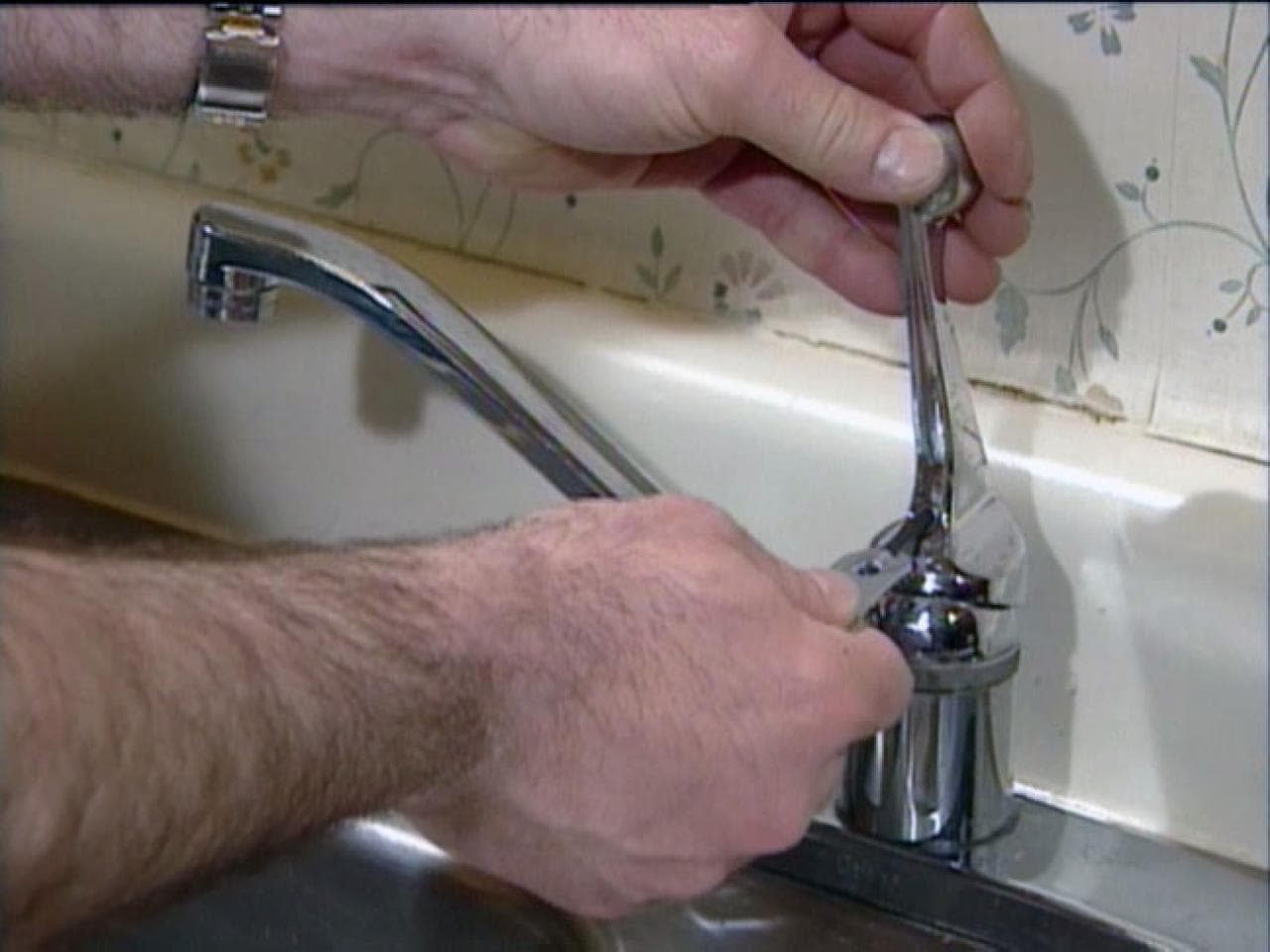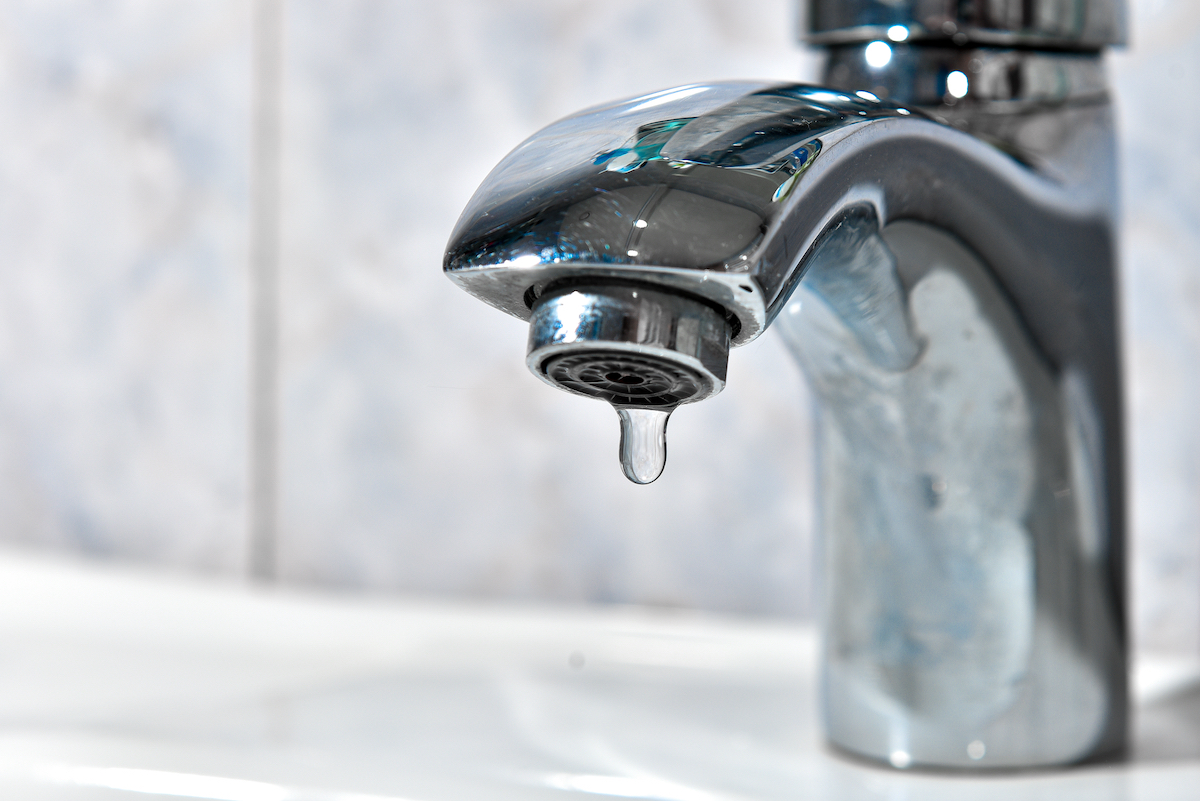Understanding the Value of Dealing with a Dripping Faucet
Understanding the Value of Dealing with a Dripping Faucet
Blog Article
Presented here further down you will discover more reliable insight concerning Should I Repair or Replace a Leaky Faucet?.

Leaking taps might look like a minor trouble, yet their influence goes beyond just the aggravation of the sound. From wasting water to incurring unneeded economic costs and health and wellness dangers, overlooking a dripping faucet can result in different repercussions. In this write-up, we'll look into why it's important to resolve this typical family problem immediately and successfully.
Wastefulness of Water
Ecological Influence
Trickling taps add significantly to water wastage. According to the Environmental Protection Agency (EPA), a single faucet dripping at one drip per second can throw away greater than 3,000 gallons of water each year. This not just pressures water sources however likewise impacts ecological communities and wild animals depending on them.
Step-by-Step Overview to Taking Care Of a Dripping Tap
Tools Called for
Prior to trying to take care of a leaking faucet, gather the necessary tools, consisting of a flexible wrench, screwdrivers, replacement parts (such as washers or cartridges), and plumber's tape.
Usual Faucet Issues and Their Solutions
Identify the sort of tap and the certain problem triggering the drip. Common problems consist of damaged washers, corroded shutoff seats, or damaged O-rings. Refer to manufacturer instructions or on-line tutorials for detailed advice on fixings.
Financial Expenses
Enhanced Water Bills
Beyond the environmental influence, leaking faucets can inflate water costs significantly. The accumulated wastefulness gradually translates right into higher energy costs, which could have been stayed clear of with prompt repair services.
Potential Residential Or Commercial Property Damages
Additionally, prolonged trickling can cause damage to components and surfaces bordering the faucet. Water build-up can cause staining, deterioration, and even architectural problems if left unattended, causing extra repair costs.
Wellness Issues
Mold And Mildew and Mildew Development
The consistent presence of dampness from a dripping tap creates a suitable environment for mold and mildew and mold growth. These fungis not only jeopardize interior air high quality yet likewise present health dangers, particularly for individuals with respiratory system conditions or allergies.
Waterborne Illness
Stationary water in trickling faucets can end up being a breeding place for microorganisms and other microorganisms, raising the risk of waterborne diseases. Pollutants such as Legionella microorganisms thrive in stagnant water, potentially causing major ailments when ingested or inhaled.
DIY vs. Expert Repair service
Pros and Cons of DIY Repair Work
While some might try to take care of a dripping faucet themselves, DIY fixings feature their own set of challenges. Without proper knowledge and tools, DIY attempts can intensify the concern or bring about insufficient fixings, lengthening the problem.
Advantages of Hiring an Expert Plumber
Working with an expert plumber ensures that the underlying reason for the leaking tap is attended to efficiently. Plumbing technicians have the know-how and tools to identify and repair faucet issues successfully, conserving time and lessening the risk of further damages.
Environmental Obligation
Private Contribution to Preservation
Taking duty for taking care of leaking faucets straightens with wider efforts towards water preservation and environmental sustainability. Every person's activities collectively make a considerable effect on preserving priceless resources.
Sustainable Living Practices
By focusing on prompt fixings and embracing water-saving practices, people contribute to sustainable living techniques that benefit both existing and future generations.
Safety nets
Routine Maintenance Tips
To avoid dripping taps, carry out regular maintenance such as cleansing aerators, examining for leakages, and replacing damaged parts promptly. Additionally, take into consideration installing water-saving tools or upgrading to extra efficient components.
Significance of Prompt Services
Attending to dripping faucets as quickly as they're noticed stops further water wastage and prospective damages, eventually conserving both water and money over time.
Influence On Residential Property Value
Understanding of Well-Maintained Building
Maintaining a property in good condition, including attending to upkeep concerns like dripping faucets, improves its regarded worth and value among possible customers or tenants.
Influence on Resale Worth
Properties with well-maintained plumbing fixtures, including faucets, command higher resale values in the realty market. Resolving trickling faucets can contribute to a positive impression during residential property examinations and negotiations.
Conclusion
Dealing with a leaking faucet goes beyond mere convenience; it's a vital step toward conserving water, decreasing monetary expenses, and protecting health and wellness and home. Whether with DIY repair work or expert help, acting to deal with leaking taps is a little yet impactful method to promote responsible stewardship of sources and contribute to a healthier, much more sustainable future.
How to Fix a Leaky Faucet: Step-by-Step Repair Guide
A leaky faucet may seem like a simple annoyance, but if it's not fixed promptly, that leak could cost hundreds to potentially thousands. From water damage to mold, mildew, and high water bills, even a tiny leak can be catastrophic if left unattended. Damage like this can even affect the overall value of your home, so it's important to take the right approach for leaky faucet repair. You may need the help of a plumber in some cases, but we've got a few tips you can try on how to fix a leaky faucet before calling the pros.
Four Faucet Types
When you're learning how to fix a leaky faucet, the first step is knowing what kind of faucet you're working with! There are four common types.
Cartridge Faucets
Cartridge faucets come in one- or two-handled varieties. In one-handled cartridge faucets, hot and cold water combines in a single cartridge. In the two-handled versions, hot and cold water are controlled separately and mixed in the faucet.
Ball Faucets
Ball faucets have a single lever you push up and down to adjust the pressure and rotate to change the temperature. A slotted metal ball controls the amount of water allowed into the spout.
Compression Washer Faucets
They're the oldest type of faucet, but they're still used in many homes — especially older ones. Compression faucets have two separate handles that, when turned, raise or lower the washer that seals a water valve. This valve stops water from flowing through the faucet when it is turned off.
Disc Faucets
Disc faucets rarely need to be repaired due to their maintenance-free design. The water flow is controlled by two discs — the upper one raises and lowers against a fixed lower disc, creating a watertight seal. If your disc faucet starts leaking, you may need to replace the seals or clean residue buildup from the inlets.
Fixing a Leaky Faucet
Step 1: Turn Off the Water
Whether you're learning how to fix a leaky bathtub faucet or how to fix a leaky kitchen faucet, always turn off the water supply to your working area when you're fixing a leak. The last thing you want is a flood added to your list of things to fix.
Look for the shutoff valves below your sink or around the tub and turn them clockwise to stop the water flow. If your faucet doesn't have shutoff valves, you may need to turn off the water for the whole house. Check to make sure it's off by turning the faucet on. If nothing comes out, you're ready to start the repair.
Step 2: Take Apart the Faucet
How you disassemble your faucet depends on the type of fixture you have. You can use a flathead screwdriver to remove the caps on top of the handle or handles for cartridge and compression faucets. Inside, you should see handle screws. Unscrew these with a screwdriver to remove the handle.
Disc- and ball-style faucets will typically have an inlet screw near the handle, and removing that will reveal the interior of the faucet.
Detach the Valve Stem
For cartridge- and compression-style faucets, you'll see the inner valve stem or cartridge once you remove the faucet handles. If you have a compression faucet, unscrew the brass valve stem. If you have a cartridge faucet, pull out the cartridge. If your cartridge has been in place for a while, it may require some tools or extra force to remove it due to mineral deposits.
Examine and Replace Parts
Once you've removed the parts, check them out to confirm what needs to be replaced. You may see corroded rubber washers, O-rings, stems, or cartridges. On a ball-style faucet, check the seats and springs for damage.
If you need to repair a leaky disc faucet, check the inlet and seals on the lower disc.
Once you determine what parts must be replaced, visit your local hardware store. Bring the damaged parts with you to ensure you can purchase the correct components to replace them.
Clean Valves and Faucet Cavity
If you've removed a stem or cartridge, you may notice mineral buildup in the faucet's threads. Use white vinegar to clean the valve seat by soaking it for a few minutes, then scrub it away with a soft toothbrush and rinse with warm water. You can also clean the interior of the faucet in the same way.
Reassemble the Faucet
Once your faucet is cleaned and the required parts have been replaced, it's time to reassemble it. Put the pieces back together and slowly turn the water supply back on. Doing this slowly is crucial because too much initial water pressure can damage the new hardware you've just installed.
https://homewarranty.firstam.com/blog/how-to-fix-leaky-faucet

We were made aware of that write-up on Why Is It Important To Fix Your Leaking Tap/Faucet? from a friend on another site. Appreciated our entry? Please quickly share it. Let another person find it. Many thanks for taking the time to read it.
Report this page